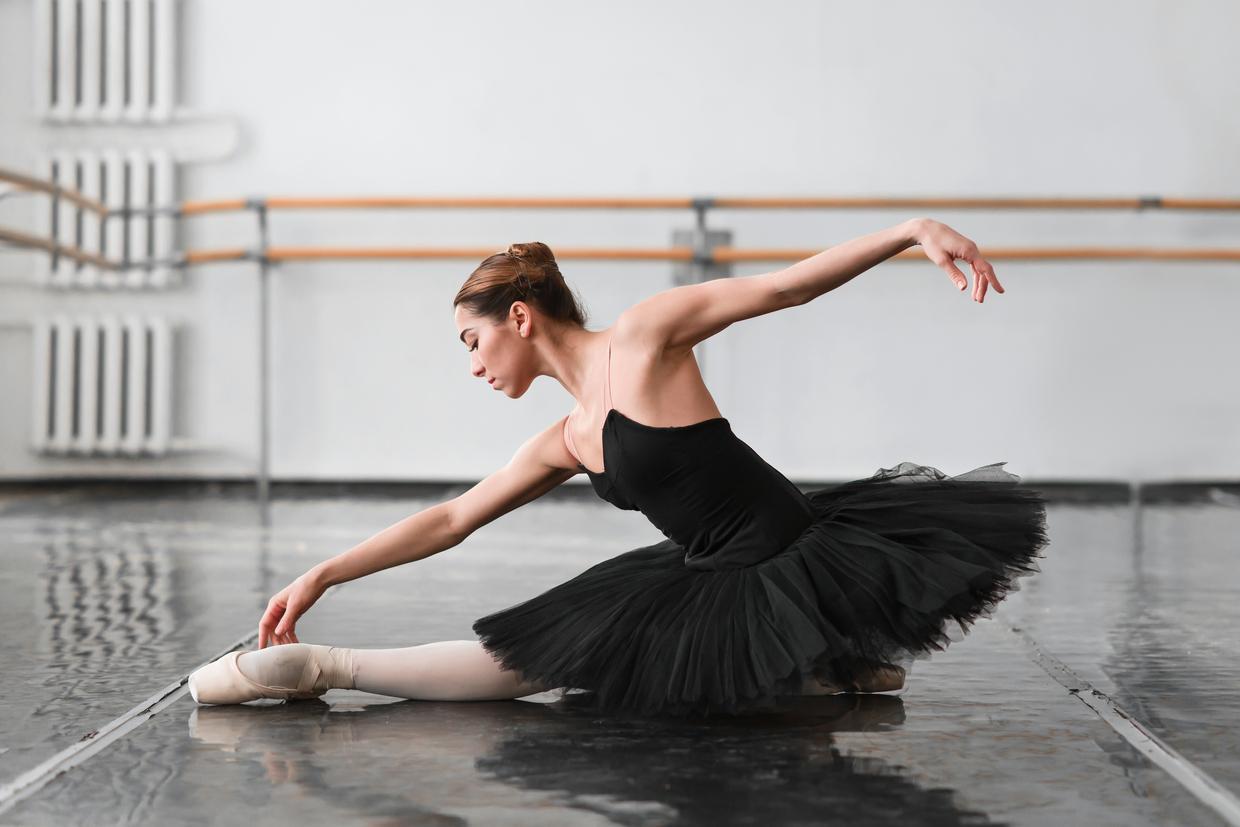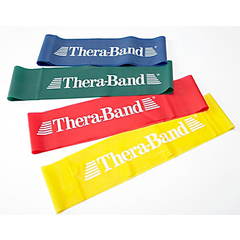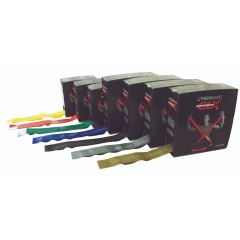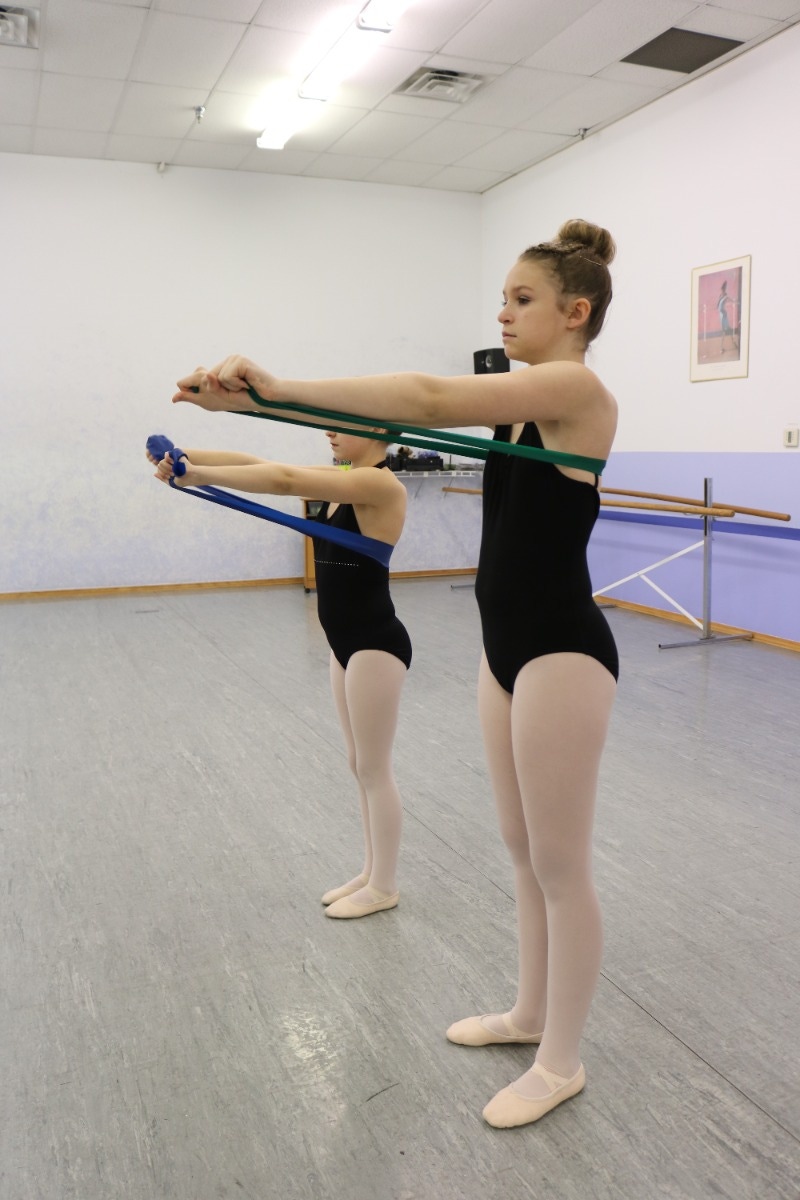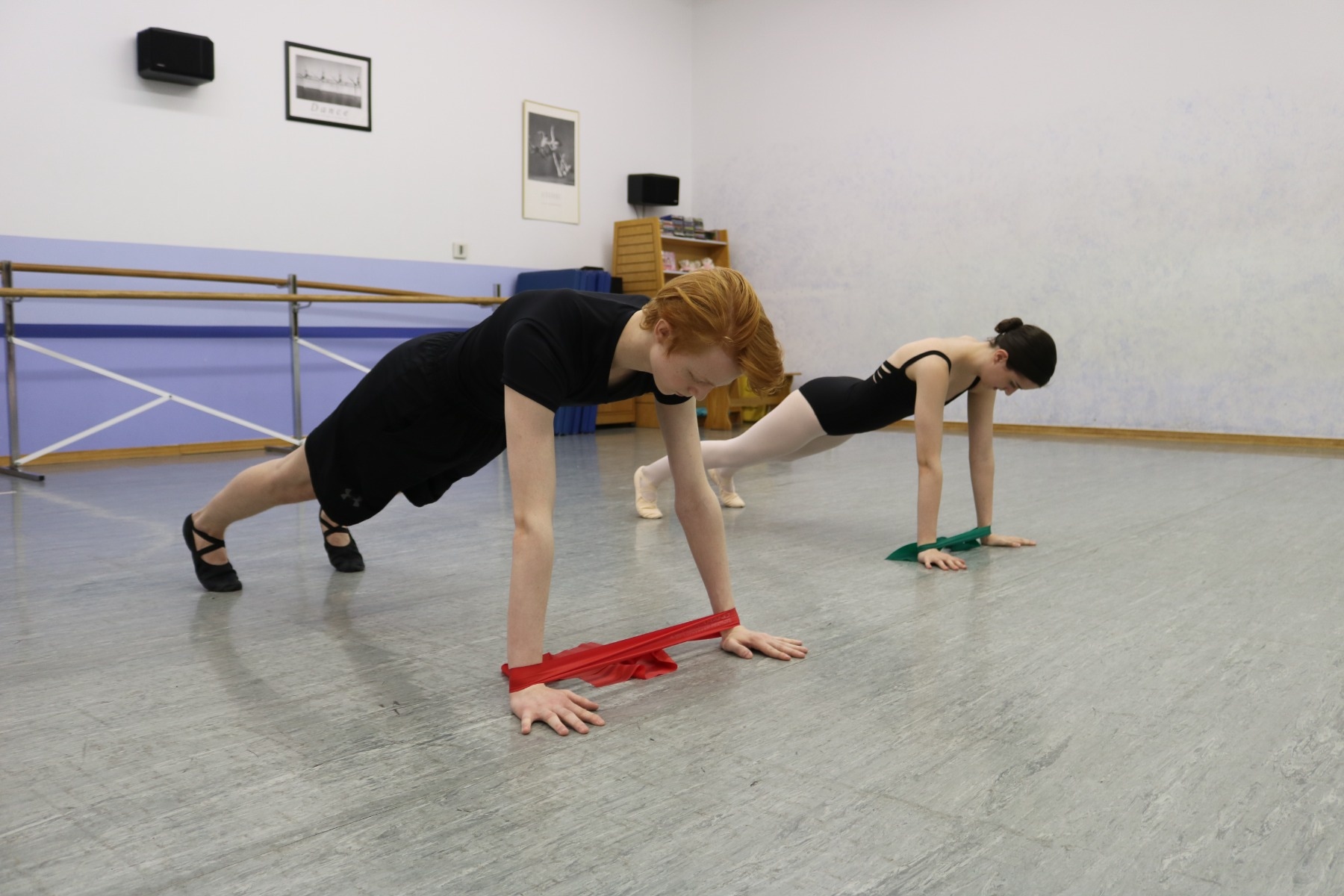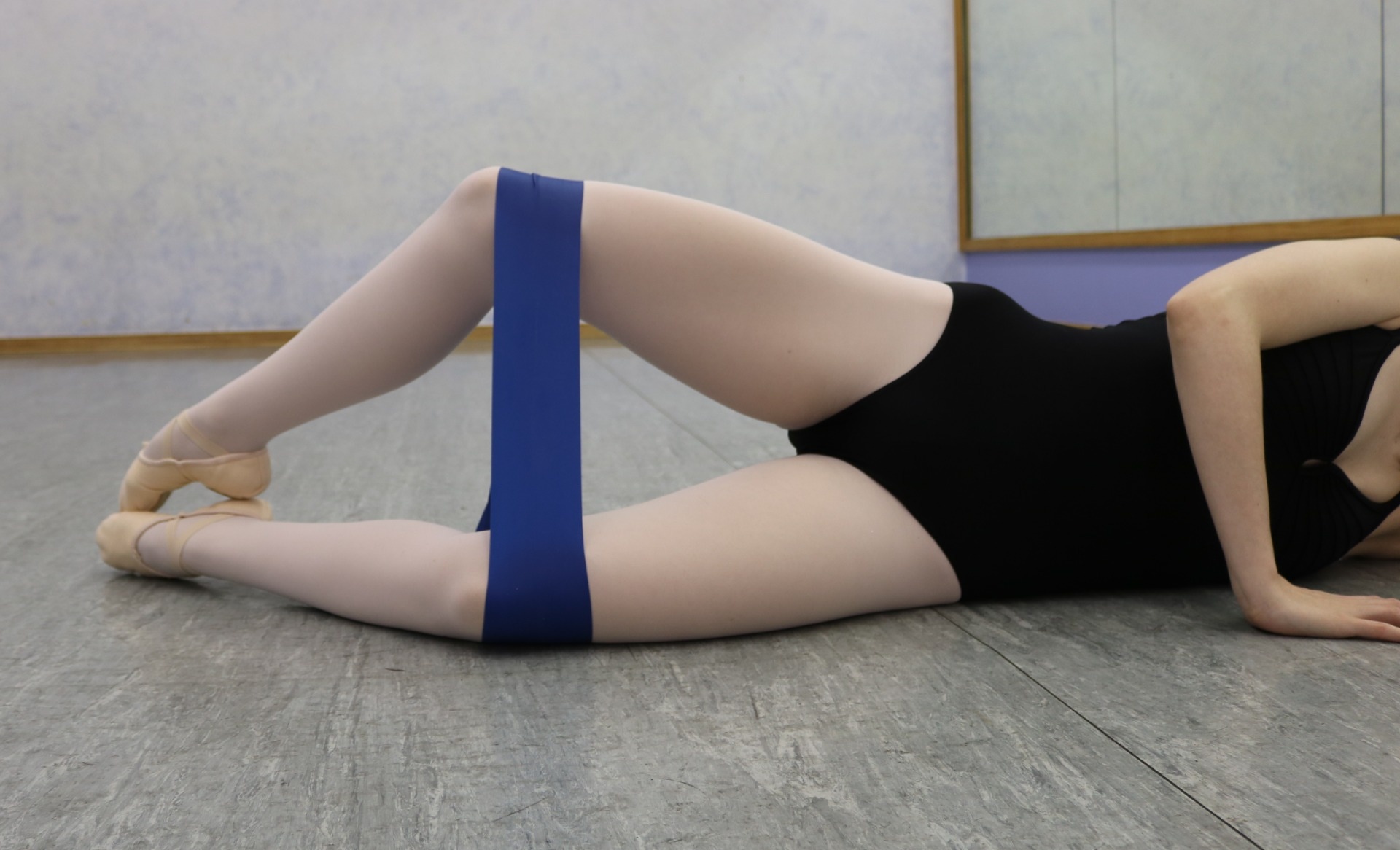Dancing requires strength, mobility, power, cardiovascular endurance, and muscular endurance. Your muscles quickly adapt to movements that are performed often in dance, which is why adding resistance to every workout helps prevent plateaus and continuously challenges your muscles!
Key Takeaways
- THERABAND® Resistance Bands allow dancers to move more freely and achieve a greater range of motion.
- Improving the height of kicks and leaps requires strength and flexibility.
- Resistance bands allow users to increase gradually the amount of resistance during an exercise.
- Resistance training offers dancers a gradual reintroduction of strength-based movement and exercises after an injury.
Top Products in This Article
THERABAND Resistance Bands allow dancers to move more freely and achieve a greater range of motion by creating resistance from all directions. The dancer can adjust the angle of movement and combine several exercises, continuously working towards greater extension and flexibility. It’s also important that dancers protect their muscles and joints from potential injury.
Looking to strengthen your hips and core? We’ve come up with a variety of exercises to get you started!
4 Benefits to Using Resistance Bands
1. Great for Injury Rehabilitation
When recovering from an injury, it's important to practice safe rehabilitation exercises that won’t put excessive strain or weight on the injured area. Resistance training offers dancers a gradual reintroduction of strength-based movement and exercises. The bands also help build stability and better posture, helping prevent strain on weak muscles and joints.
2. Provides Variable Resistance
Resistance bands allow users to increase gradually the amount of resistance during an exercise. This occurs when the amount of tension in the band increases as the ends are stretched further apart. Variable resistance leads to an increase in the number of muscle fibers being used in the working muscles, which then leads to improved strength and muscular endurance.
3. Adaptable to All Fitness Levels
With a color-coded resistance system, THERABAND makes it easy to find your perfect fit and ensures you get the same level of resistance every time. These elastic bands are a great choice for progressive resistance training because the first six levels all increase 25% in resistance from the previous level at 100% elongation. Start with a lightweight band, and as your strength and flexibility improves, move up to a heavier weight. THERABAND also offers High Resistance Bands. It expands the resistance range and offers higher levels for advanced rehabilitation, elite athletes, and people looking for a tougher workout.
4. Improves Strength and Stability
Improving the height of kicks and leaps requires strength and flexibility throughout the lower back, hamstrings, groin, and quads. The major muscles that contribute to the actual height of a kick are the hip flexors and quads, which can be strengthened each time you lift your legs using a resistance band. In addition, proper stretching with the bands will improve a dancer’s form and technique.

Is hip pain limiting the height of your leg lifts? Is foot pain making it difficult to go into a plié? After dancing, some muscle soreness for 24-48 hours is normal. However, if you begin to experience any pain, you may have suffered a more severe injury. Talk to your doctor, physiotherapist, athletic trainer, or medical professional about your pain relief options.
6 THERABAND Resistance Band Exercises
Perform these movements as a circuit (2-3 times each with one minute of rest between rounds) three times a week.
For assistance when tying the resistance band, hold the band with one end in each hand. Wrap one section around the other, then cross over again and bring one end through the loop that forms. Pull tight to form the first knot. Repeat so the band is double knotted securely. Before each use, make sure the knot is still tight and that it is not wearing/fraying. Or use a Loop Band!
|
Pointe-and-Flex |
|
|
Standing Push-Up |
|
|
Crunches |
|
|
The Frog |
|
|
Plank |
|
|
Side Lying Clamshell
|
|
|
Reverse Lunge with Twist and Pull |
|
For further instructions on resistance band exercises for pointework, watch this video!
References
- Anonymous. (2016). TheraBand Exercises for the Dancer. A Dancer’s Life. Retrieved from https://bit.ly/3mLfNkQ
- Lee, Josephine. (2018). 5 Resistance Band Exercises for Stronger Pointework. Pointe. Retrieved from https://bit.ly/3h5rktY
Medical Disclaimer: The information provided on this site, including text, graphics, images, and other material are for informational purposes only and are not intended to substitute for professional medical advice, diagnosis, or treatment. Always seek the advice of your physician or other healthcare professional with any questions or concerns you may have regarding your condition.






 US
US France
France Australia
Australia